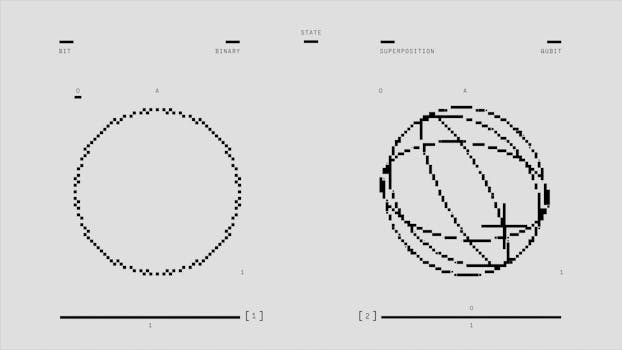
Introduction to Quantum Mechanics

Quantum mechanics is a fundamental theory in physics that describes nature at the smallest scales, such as atoms and subatomic particles. Understanding quantum mechanics is essential for grasping the underlying principles of reality.
The Basics of Quantum Theory

Quantum mechanics challenges classical physics by introducing concepts such as wave-particle duality, superposition, and entanglement. These principles suggest that particles can exist in multiple states simultaneously and can be interconnected in ways that defy classical logic.
Wave-Particle Duality

The phenomenon of wave-particle duality illustrates how particles like electrons exhibit both wave-like and particle-like properties. This duality is crucial for understanding the behavior of particles and the nature of light.
Superposition and Entanglement

Superposition allows particles to exist in multiple states at once until measured, while entanglement describes a scenario where particles remain connected regardless of distance, influencing each other’s states instantaneously. These concepts raise questions about the nature of reality and measurement.
Implications for Reality

The implications of quantum mechanics extend beyond physics, influencing philosophy and our understanding of consciousness and reality. The idea that reality is not deterministic but probabilistic invites a re-evaluation of concepts such as free will and the nature of existence.
Conclusion

Understanding quantum mechanics provides profound insights into the nature of reality. As research continues, the mysteries of quantum mechanics may further reshape our perception of the universe and our place within it.





